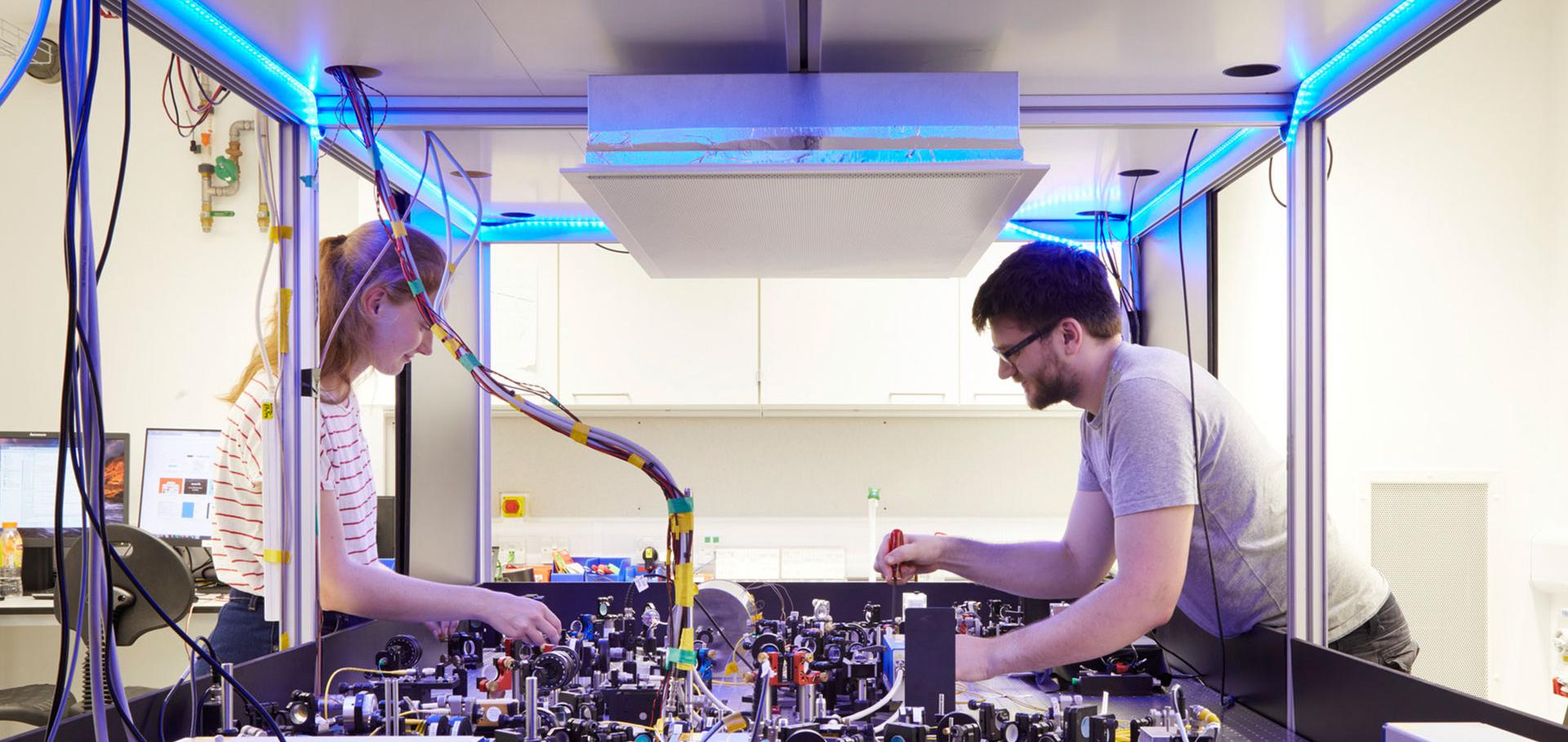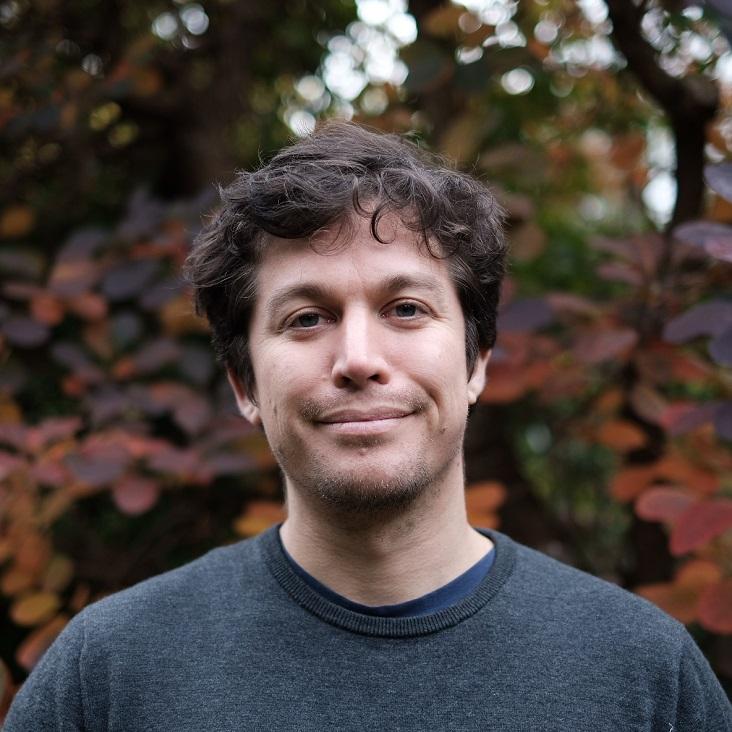Optical Sideband Cooling of Ions in a Penning Trap Read More: https://www.worldscientific.com/doi/abs/10.1142/9789813200616_0007
Chapter in Laser Spectroscopy Proceedings of the XXII International Conference, World Scientific Publishing Company (2016)
Extending the memory times of trapped-ion qubits with error correction and global entangling operations
arXiv (2016)
Abstract:
The technical demands to perform quantum error correction are considerable. The task requires the preparation of a many-body entangled state, together with the ability to make parity measurements over subsets of the physical qubits of the system to detect errors. Here we propose two trapped-ion experiments to realise error-correcting codes of variable size to protect a single encoded qubit from dephasing errors. Novel to our schemes is the use of a global entangling phase gate, which could be implemented in both Penning traps and Paul traps. We make use of this entangling operation to significantly reduce the experimental complexity of state preparation and syndrome measurements. We also show, in our second scheme, that storage times can be increased further by repeatedly teleporting the logical information between two codes supported by the same ion Coulomb crystal to learn information about the locations of errors. We estimate that a logical qubit encoded in such a crystal will maintain high coherence for times more than an order of magnitude longer than each physical qubit would.Resolved-Sideband Laser Cooling in a Penning Trap
Physical Review Letters 116:14 (2016)
Trapped-ion quantum error-correcting protocols using only global operations
Physical Review A American Physical Society 92:3 (2015) ARTN 032314
Abstract:
Quantum error-correcting codes are many-body entangled states used to robustly store coherent quantum states over long periods of time in the presence of noise. Practical implementations will require efficient entangling protocols that minimize the introduction of noise during encoding or readout. We propose an experiment that uses only global operations to encode information to either the five-qubit repetition code or the five-qubit code on a two-dimensional ion Coulomb crystal architecture. We show we can prepare, read out, and acquire syndrome information for these two codes by using only six and ten global entangling pulses, respectively. We provide an error analysis, estimating we can achieve a sixfold improvement in coherence time with as much as 1% noise in the control parameters for each entangling operation.Control of the conformations of ion Coulomb crystals in a Penning trap
AIP Conference Proceedings AIP Publishing 1668 (2015) 1-8


